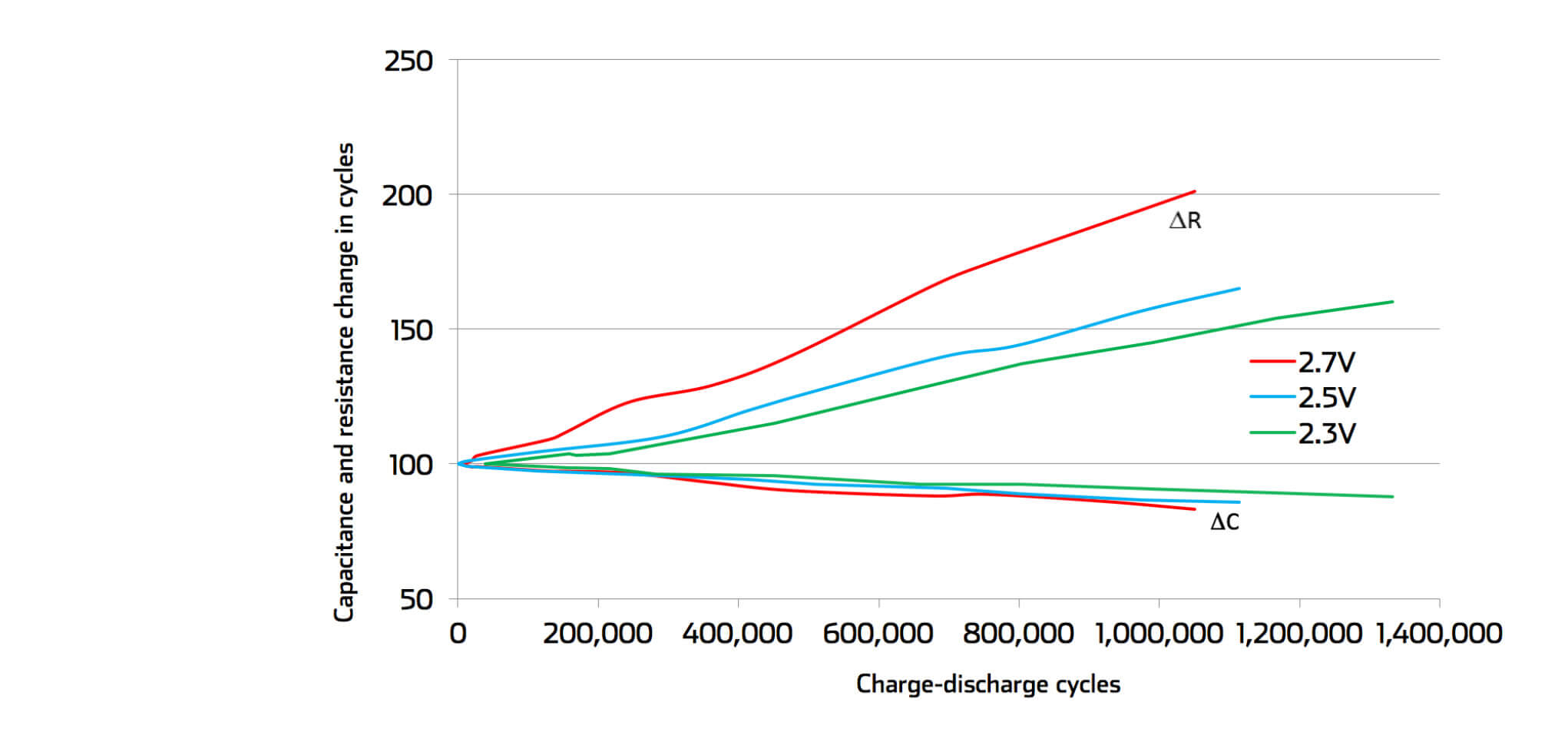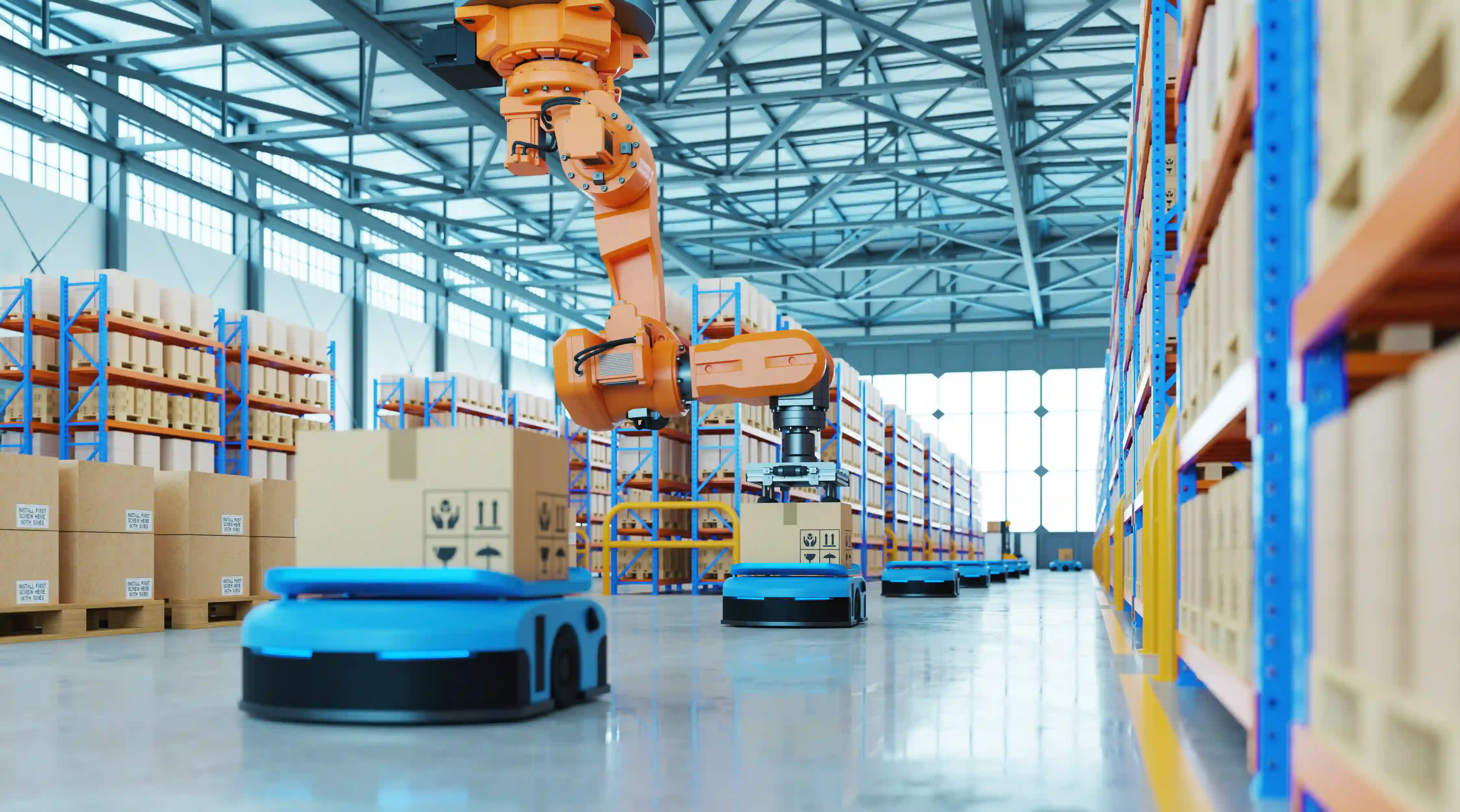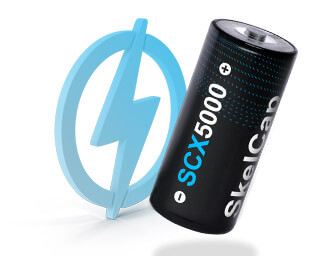
White Paper: Ultracapacitor Voltage, Temperature, and Lifetime

Ultracapacitors have significantly longer lifetimes than batteries, but why is that?
As we've seen in our infographic comparing the two technologies, ultracapacitors store energy in an electric field, whereas batteries rely on a chemical reaction. Being free of chemical reactions means that ultracapacitors, or supercapacitors, can survive over a million charge-discharge cycles. For batteries, depending on the technology, the cycles are counted in the thousands.
There are two things that can have a big impact on an ultracapacitor's lifetime: voltage, and temperature. These two are in turn affected by other characteristics of the ultracapacitor, such as Equivalent Series Resistance in the case of temperature, for example. But ESR is a whole different topic, which you can read more about in our blog posts: "What is ESR?" and "Why Does ESR Matter?".
Operating temperature and voltage
The working temperature of an ultracapacitor has a direct influence on how long the ultracapacitor remains operational (end of life for an ultracapacitor generally means that an ultracapacitor's capacitance is under 80% of its initial value, or that the ESR has increased by more than 200%). Increasing the application temperature in which the ultracapacitor is used will shorten its lifetime. According to Arrhenius law, increasing cell temperature by 10°C decreases lifetime twice over.
Increasing voltage has a similar impact on the lifetime of an ultracapacitor as increasing its operating temperature. An increase of 0.35 volts from a rated voltage of 2.5V to 2.85V has a huge impact on the expected lifetime with a three-fold decrease.
In addition to temperature and voltage used, there are other considerations when it comes to determining the lifetime of an ultracapacitor. For example, when cycled continuously at high current ranges the cell will heat up, leading to a shorter lifetime.
However, the lifetime of an ultracapacitor cell, module, or system is not a simple characteristic to predict. Much depends on the manufacturing quality of the cell, the cell size and level of current, the mechanical design of the cell, and the electrode used.





